Introduction to Rinca Island
Rinca Island, part of Indonesia’s Komodo National Park, is a remarkable destination famed for its stunning landscapes and unique wildlife, particularly the iconic Komodo dragons. Located east of the larger Komodo Island, Rinca is characterized by its rugged terrain, featuring a mix of savannah, tropical forests, and steep hills. This geographical diversity creates an extraordinary habitat that supports an array of flora and fauna. Visitors to Rinca Island are often in search of the legendary Komodo dragons, which can reach lengths of up to 10 feet and weigh as much as 150 pounds. These magnificent reptiles, scientifically classified as Varanus komodoensis, are among the world’s largest lizards and are recognized as a vulnerable species, drawing wildlife enthusiasts and ecotourists from around the globe.
Moreover, Rinca Island serves not only as a refuge for the Komodo dragons but also as a critical habitat for other wildlife, including various bird species, deer, and wild buffalo. The island’s rich biodiversity is complemented by breathtaking views of the surrounding ocean, which is teeming with marine life, making it ideal for snorkeling and diving adventures. The vibrant coral reefs near Rinca Island provide another layer of attraction, as they house colorful fish and other marine organisms, thereby enhancing the overall appeal of this natural paradise.
Culturally, Rinca Island is home to the local Komodo people, who have coexisted with the island’s wildlife for centuries. Their traditions and way of life reflect a profound respect for nature, which is evident in their sustainable practices. Visitors to Rinca can also gain insight into the unique heritage of the island through interactions with the locals. As such, Rinca Island represents not just a destination for wildlife exploration but also an opportunity to understand the cultural tapestry woven into the landscape of Komodo National Park.
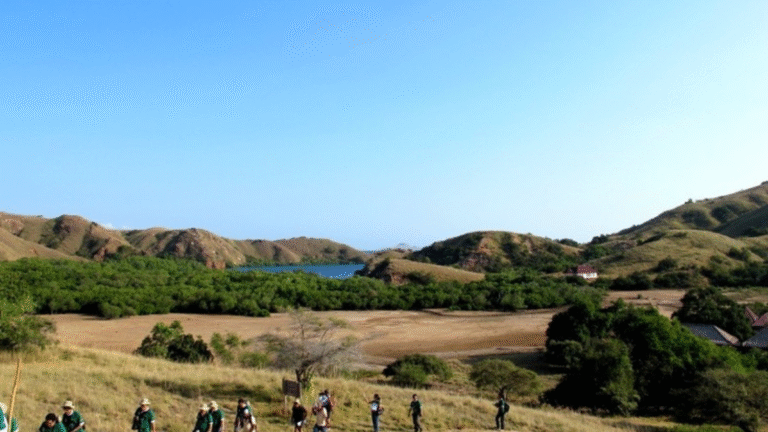
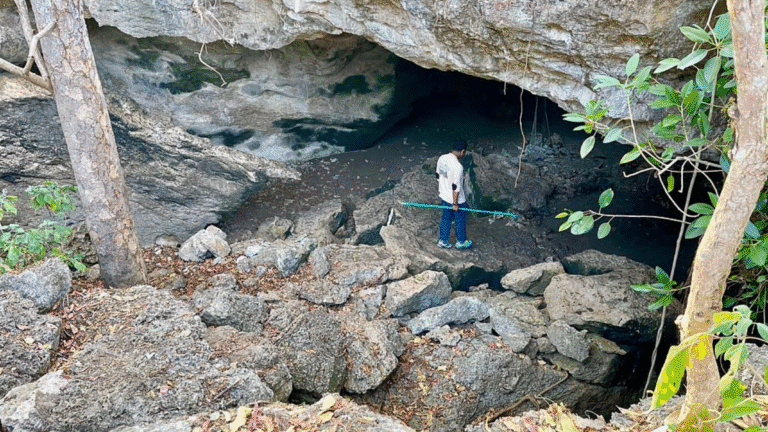
Getting to Rinca Island
Reaching Rinca Island, renowned for its Komodo dragons, is a straightforward endeavor owing to its accessible location within the Komodo National Park. The most popular way to travel to Rinca Island is via boat tours that operate from Labuan Bajo, the primary gateway for visitors to the park. Various local travel services and tour operators offer day trips and multi-day excursions tailored for adventure seekers aiming to explore the island’s unique flora and fauna.
Travel time from Labuan Bajo to Rinca Island typically ranges from two to three hours, depending on weather conditions and the type of vessel used. Speedboats can significantly reduce travel time, allowing for a quicker journey. Conversely, traditional wooden boats may provide a more scenic and immersive experience, albeit at a slower pace. Tourists are encouraged to factor in the duration of transit when planning their visit, especially if they aim to maximize their time on the island.
Before embarking on the journey, visitors should consider necessary permits. Access to Rinca Island and the Komodo National Park is regulated, and entry fees must be paid upon arrival. It is advisable to arrange these permits in advance through a reputable tour operator, who can provide guidance on the requirements and current regulations. Additionally, choosing a reliable boat service ensures not only a safe passage but also an enriching experience through knowledgeable guides who can narrate the island’s ecological significance.
The best time to visit Rinca Island is between April and December when conditions are generally favorable for boat travel, and wildlife sightings are frequent. During this peak season, it is recommended to book trips in advance to secure a spot on popular tours. Overall, planning ahead and understanding travel logistics are crucial for maximizing an expedition to Rinca Island, ensuring an unforgettable experience observing the majestic Komodo dragons in their natural habitat.
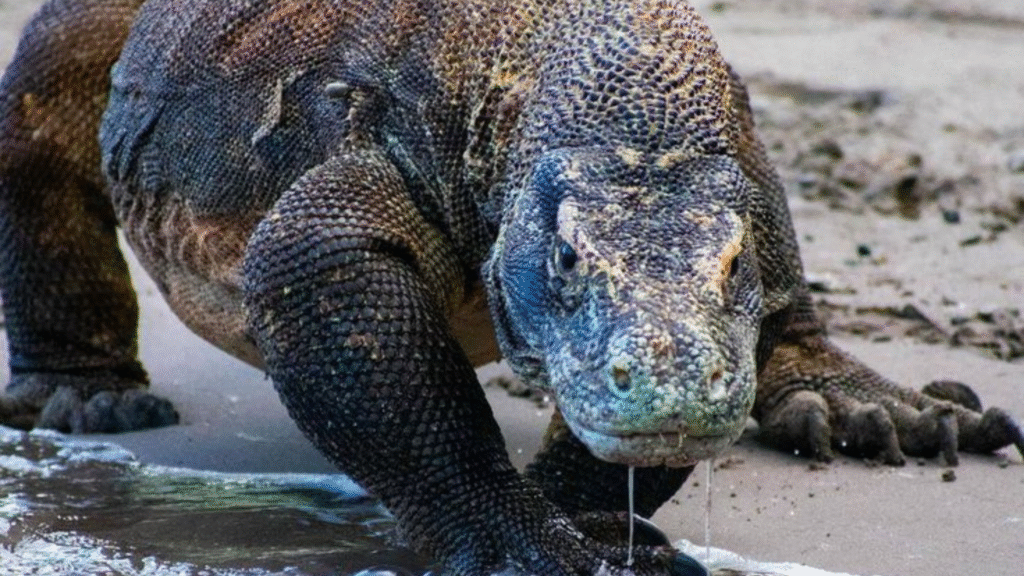
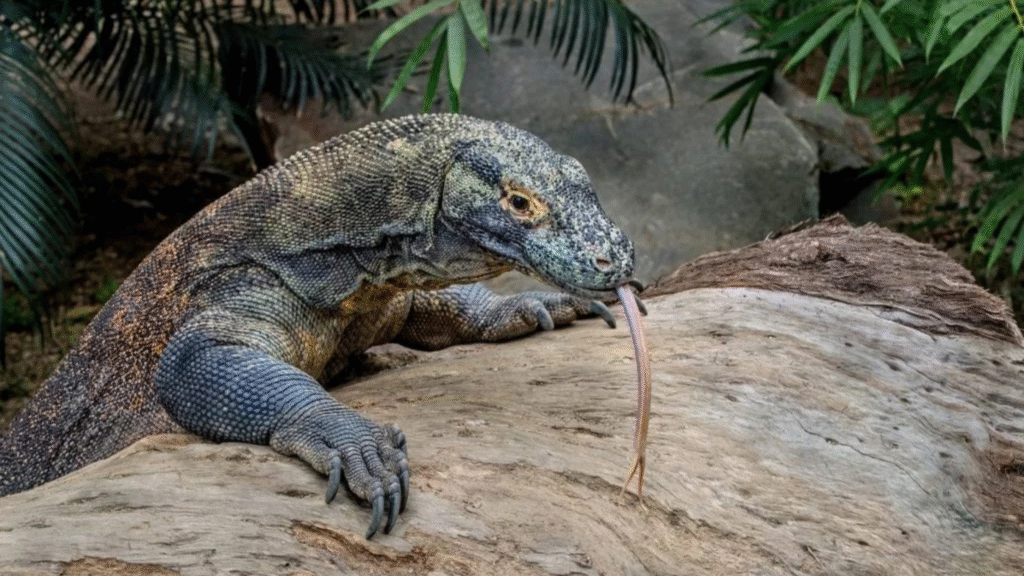
The Komodo Dragon and Rinca Island: Nature's Ancient Reptile Sanctuary
The Komodo dragon, scientifically known as Varanus komodoensis, is the largest living species of lizard, distinguished by its robust physique that can reach lengths of up to three meters. These formidable reptiles have a distinctive appearance, characterized by scaly skin, muscular limbs, and a wide, flattened head, which houses a complete set of sharp teeth adapted for tearing flesh. Their coloration varies from muted browns and greens to a more vivid hue, allowing them to blend seamlessly into their natural environment, a vital adaptation for both predation and camouflage.
Behaviorally, Komodo dragons are solitary creatures that exhibit both territorial and predatory instincts. They possess an acute sense of smell, which they use to detect carrion from great distances, thus primarily feeding on dead or decaying animals. Adult dragons are apex predators, preying on a range of animals, including deer and wild boar. Interestingly, their bite is not only sharp but also laden with a complex mix of bacteria and venom that can lead to severe infections in their prey, ultimately facilitating a slow and inevitable hunt. This predatory behavior plays a critical role in maintaining the balance within the ecosystem of Rinca Island and surrounding areas.
Efforts to conserve the Komodo dragon are paramount, as it is classified as vulnerable due to habitat loss and poaching. The Komodo National Park, established in 1980, is integral to conservation efforts, highlighting the importance of protecting their natural habitat. Visitors to Rinca Island often describe exhilarating experiences of encountering these ancient reptiles in the wild, sharing moments of awe as the dragons roam freely, underscoring the need for sustained conservation initiatives. These interactions not only foster appreciation but also inspire collective responsibility towards the survival of this iconic species.
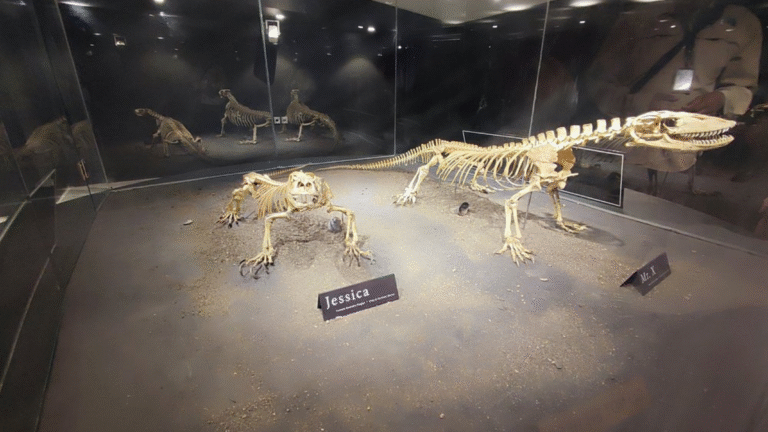
Wildlife Beyond the Komodo Dragons
Rinca Island, renowned for its population of Komodo dragons, offers a rich tapestry of wildlife that extends beyond these formidable reptiles. The island’s diverse ecosystems support a variety of species that thrive in this unique habitat. As visitors embark on treks across the island, they are often treated to encounters with various animals, including wild boars and water buffalo. These mammals contribute to the dynamic balance of the island’s ecosystems, playing a crucial role in maintaining the health and functionality of their environments.
Wild boars, frequently seen roaming the island, are known for their adaptability, making them a common sight amid the island’s varied terrains. They often forage for roots and tubers, which helps in the natural cultivation of the land. Water buffalo also inhabit Rinca Island, primarily found in the more lush, verdant areas, where they graze and contribute to the landscape’s overall fertility. Both species symbolize the intricate web of life that sustains balance in this biodiverse region.
In addition to terrestrial mammals, Rinca Island is a haven for avian species, providing birdwatchers with opportunities to observe exotic birds. The island is home to a variety of feathered inhabitants, including the mesmerizing orange-footed scrubfowl and various species of egrets and herons. Their presence underscores the island’s ecological diversity and highlights the importance of preserving such habitats. The array of flora, featuring endemic plant species adapted to the local conditions, further enhances the natural beauty and biodiversity of Rinca Island.
By exploring the wildlife beyond the famed Komodo dragons, visitors gain a deeper appreciation for Rinca Island’s ecosystems and the critical role they play in supporting various life forms. This region serves not only as a sanctuary for these creatures but also as a reminder of the interconnectedness of all species within their natural environments.
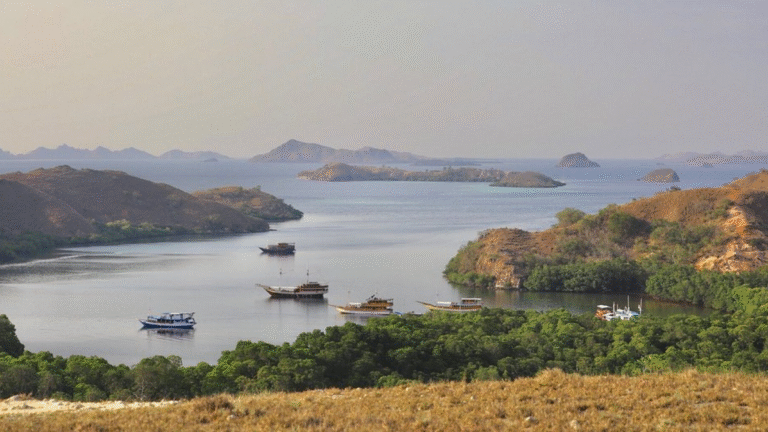

Recommended Activities on Rinca Island
Rinca Island, a part of Komodo National Park, is renowned for being one of the primary habitats of the Komodo dragon, the world’s largest lizard. However, the island offers a plethora of engaging activities that cater to various interests beyond just wildlife observation. Travelers can create enriching itineraries by exploring a variety of recommended activities during their time on Rinca Island.
Trekking is one of the foremost experiences to undertake on Rinca. The island has well-marked trails that allow visitors to venture into the habitat of the Komodo dragons while being guided by park rangers. This ensures not only safety but also valuable insights into the island’s unique ecosystem. The treks often lead to breathtaking viewpoints, providing stunning vistas of the surrounding islands and ocean. Travelers typically enjoy tours that include both short and long treks, catering to different fitness levels.
Wildlife watching extends beyond Komodo dragons. Rinca is home to other fascinating fauna, including wild boars, buffalo, and various bird species, making it a delightful location for nature enthusiasts. Photography opportunities abound, from the rugged landscapes to the extraordinary animal life. Those keen on immersing themselves in Rinca’s rich biodiversity can engage in early morning or late afternoon safari tours to maximize the chances of spotting wildlife.
For those interested in snorkeling, several spots around Rinca Island offer accessible opportunities to observe a variety of marine life, including tropical fish, sea turtles, and colorful corals. Popular places such as Pink Beach and the waters off Komodo Island are frequently highlighted as must-visit locations due to their visibility and abundant marine species. The coral reefs serve as vital habitats for an array of fish species, where divers and snorkelers can marvel at the intricate relationships within these ecosystems.
Diving, on the other hand, unveils a deeper exploration of marine biodiversity. The waters around Rinca Island are known for their strong currents, making them ideal for experienced divers seeking thrilling underwater encounters. Sites like Castle Rock and Crystal Rock are renowned for a rich variety of marine life, including manta rays and an assortment of pelagic fish. These experiences complement the more terrestrial adventures, such as tracking the Komodo dragons, establishing Rinca Island as an encompassing destination for nature lovers.
Cultural experiences also play a crucial role in a visit to Rinca Island. Engaging with local communities offers travelers a unique insight into the traditions and customs of the Indigenous people. Visitors can participate in workshops showcasing local crafts or enjoy traditional meals, providing a taste of the island’s culture. These interactions enhance the overall travel experience and promote cultural understanding.
Best Times to Visit Rinca Island
Rinca Island, renowned for its population of Komodo dragons, offers a unique travel experience. To fully appreciate this destination, it is crucial to consider the optimal times to visit, balancing weather conditions, dragon activity, and tourism levels.
The dry season, which spans from April to December, is widely regarded as the best time to visit Rinca Island. During these months, the weather is generally pleasant, with less humidity and minimal rain, allowing for enjoyable outdoor activities such as hiking and wildlife observation. Specifically, the months of June to September are particularly favorable due to the lower chance of rain and comfortable temperatures. Additionally, this period coincides with heightened dragon activity, as the reptiles are more visible during the dry months, basking under the sun and actively hunting for food.
Conversely, the wet season, from January to March, presents its own challenges. While the island’s landscape turns lush and vibrant after the rains, heavy downpours can disrupt travel plans and limit accessibility to certain areas. Furthermore, dragon sightings may become less frequent as the reptiles seek shelter from the rain. For travelers keen on experiencing Rinca Island with fewer tourists, visiting during the shoulder months of April and October could provide a sweet spot; expectations should be adjusted regarding the weather, but the crowds are often significantly reduced.
Ultimately, the best time to visit Rinca Island hinges on individual preferences. For those seeking a rich experience with ample dragon sightings, the dry season is ideal, while visitors looking to avoid high foot traffic might consider the transitional months. Choosing the right time to explore Rinca Island can enhance the overall experience and connection with its fascinating wildlife.
Practical Tips for Visiting Rinca Island
When planning a visit to Rinca Island, known for its remarkable population of Komodo dragons, preparation is essential to ensure a safe and enjoyable experience. Visitors should consider the tropical climate, typically warm and humid throughout the year. Lightweight, breathable clothing is advisable; long-sleeved shirts and trousers not only protect against sun exposure but also help ward off insect bites. Sturdy walking shoes are crucial, given the island’s uneven terrain.
Essentials to pack include a good quality insect repellent, sunscreen with high SPF, and a reusable water bottle to stay hydrated while exploring the island. It is also wise to bring binoculars for bird watching and a camera to capture the stunning landscapes and unique wildlife. As Rinca Island is remote, it is recommended to prepare for limited access to medical facilities, so carrying a basic first aid kit is prudent. Moreover, travelers should check any necessary vaccinations or health precautions required for travel to this area.
Respecting the local environment is paramount while visiting Rinca Island. Tourists are encouraged to follow designated paths and guidelines provided by park rangers to minimize human impact on the ecosystem. It is vital not to disturb or feed any wildlife, as this can alter their natural behaviors. Moreover, responsible tourism includes supporting local communities by purchasing authentic handicrafts and engaging in guided tours that contribute to the local economy.
As stewards of the environment, visitors can enhance their experience by practicing sustainability throughout their journey. Engaging with local conservation efforts and learning about ongoing protection measures for the Komodo dragons and their habitat will ensure that Rinca Island remains a thriving ecosystem for future generations. By taking these practical steps, not only will guests enjoy their adventure, but they will also contribute positively to the preservation of this remarkable destination.
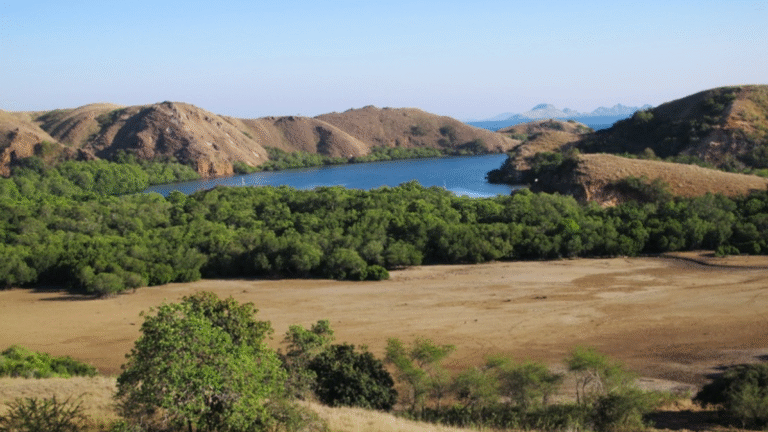
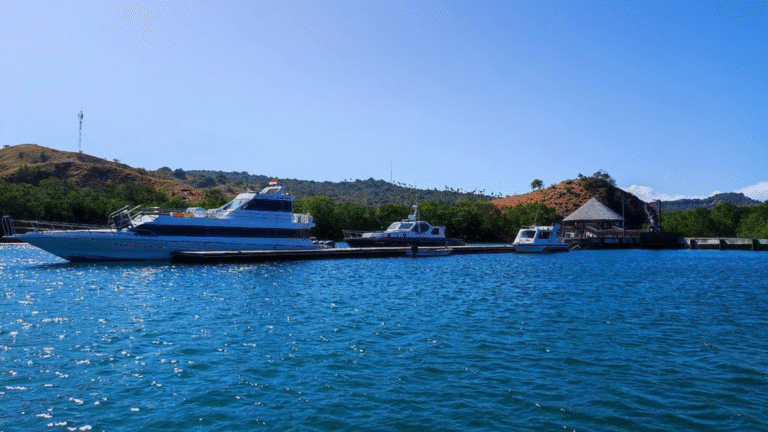
Conclusion: Discovering the Raw Beauty of Rinca Island
In exploring Rinca Island, one uncovers not only the majestic presence of the Komodo dragon but also a plethora of natural wonders that make this destination a hallmark of adventure. The island stands as a testament to the rich biodiversity that thrives within Indonesia’s Komodo National Park. Visitors experience the raw beauty of its landscapes, from the rugged hills that provide sweeping views of the turquoise waters to the lush greenery that is home to various wildlife species. Each trek through the island unveils the intricate ecosystems that flourish in this unique environment.
The opportunity to encounter Komodo dragons in their natural habitat is undoubtedly a highlight of any visit. Witnessing these ancient reptiles roam freely offers a profound connection to nature that is rare in our increasingly modern world. As adventurers traverse the well-marked paths, they are often drawn into the stories of the island, influenced by the local communities whose lives intertwine with the rhythms of the flora and fauna.
Rinca Island invites travelers to engage with its pristine environment, whether through guided treks, snorkeling, or simply soaking in the tranquility that surrounds them. With experiences tailored to wildlife enthusiasts, divers, and nature lovers alike, it is no surprise that Rinca Island has gained recognition as a quintessential destination. This captivating island fosters a deeper appreciation for the delicate balance of nature and the significance of conservation efforts in preserving such unique ecosystems.
As you plan your next adventure, consider Rinca Island—a place where every corner reveals the wonders of the natural world. It promises to not only enrich your journey but also leave you with lasting memories and a renewed commitment to protecting our planet’s beauty.
